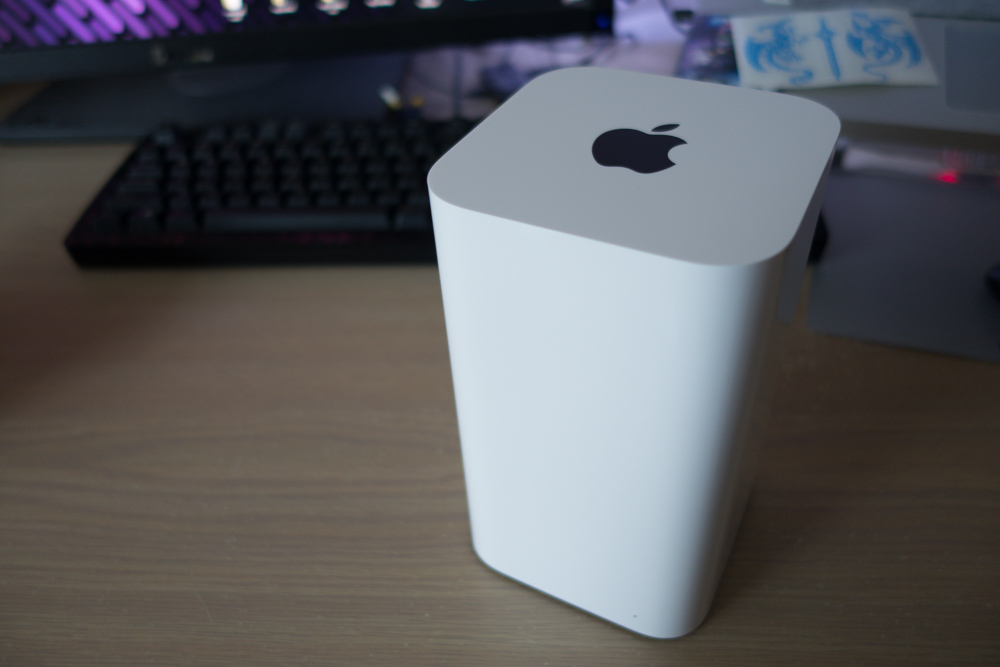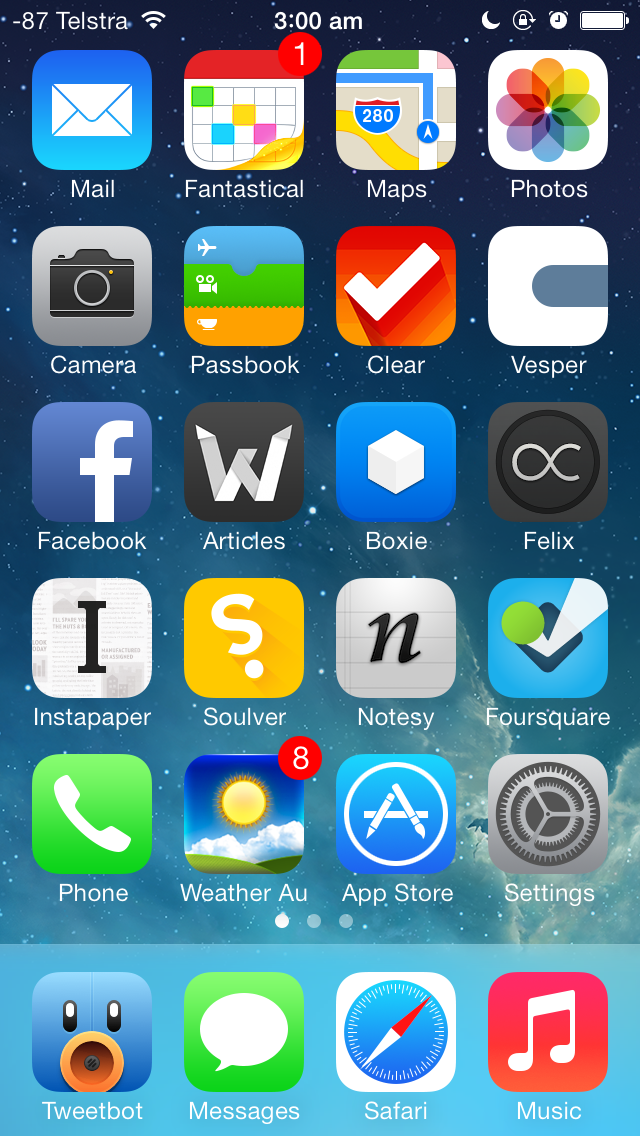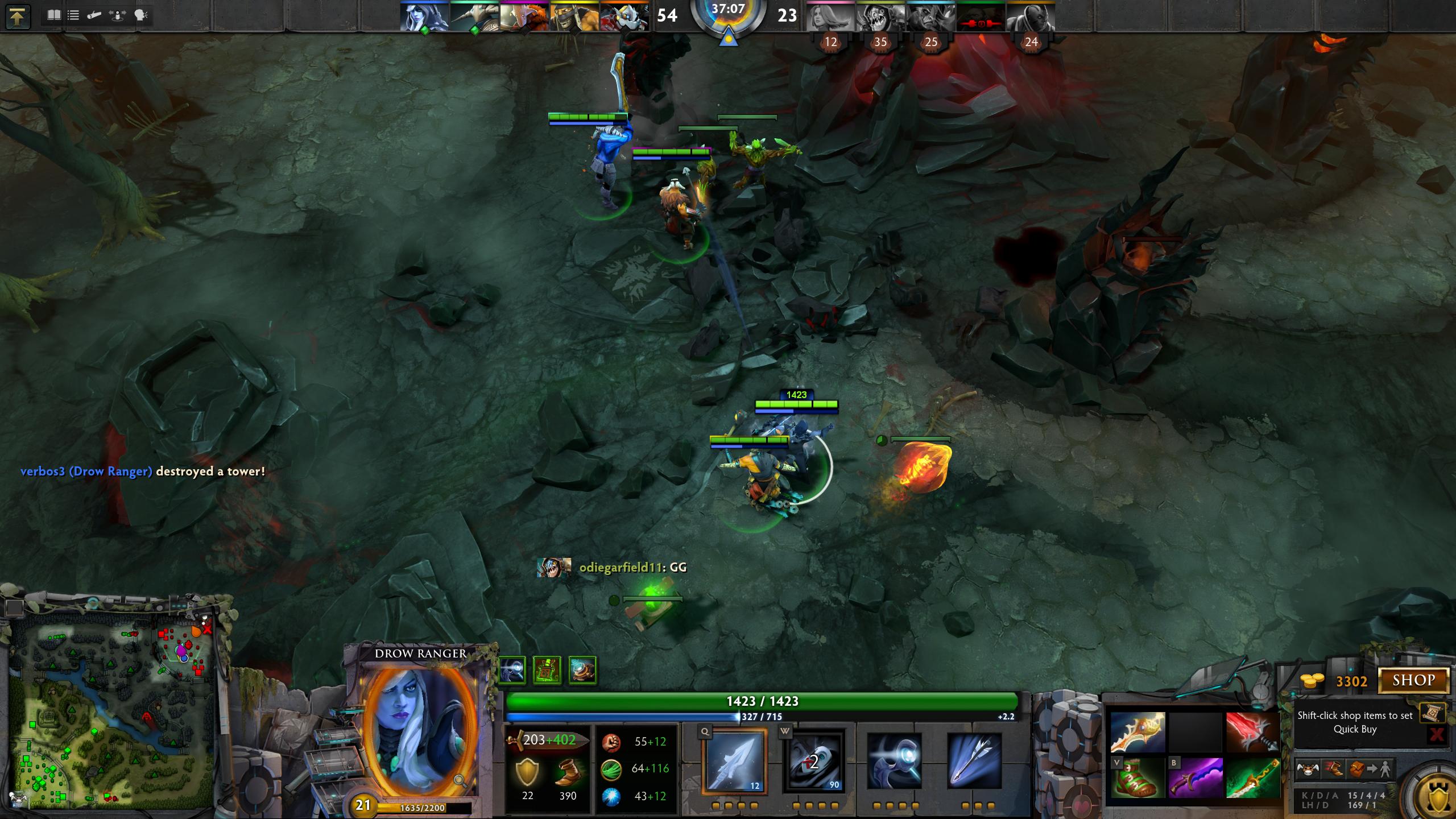
It just so happens there’s a reason people own Apple products.
That reason?
Simplicity.
If there’s a universal truth, it’s that people just want their stuff to work. No mess, no fuss. No one wants to know how their stuff works, they just want it to work every time, like it did the last time. No one really cares how it works — I mean, there’s only so many hours in the day. You could probably point to a dozen or more household appliances that few people could explain the inner workings of. Do you know how your fridge works? Do you know how an oven gets hot? Or how an induction cooktop generates energy? Most people have no idea.
And why? I’m not entirely sure myself, but there’s no reason to care how your microwave heats up your food, just so long as it does it every time you want it to. Magnets are probably involved somewhere in the process, but how many times will I have to take apart my microwave to fix it? Unless I suddenly get a job as a microwave repair technician, none. Zero. Nada.
But look, I hear you. We’re nerds, and we like to know how stuff works. We like to know the ins and outs of every appliance, every kind of technology we come into contact with. I can understand wanting to know, merely out of pure curiosity, what kind of unfathomable magic makes water boil when no energy is directly transferred as heat that we can feel. (Again, magnets.)
Which is why projects like dd-wrt exist. DD-WRT, for those playing at home, is a totally custom router firmware that includes everything but the kitchen sink. The interface isn’t spectacular, but it’s packed to the gills with functionality, and provided you have the right kind of router to run dd-wrt on, you’re all set. Only a router-specific installation procedure to follow, a few harrowing moments when you might think you’ve bricked your new router, and boom — you’re running the arguably the most powerful third-party firmware out there.
I’ve always been curious about dd-wrt. I learned about it back in high school, I think, and I’ve wanted to play around with a dd-wrt compatible router ever since. I’ve never really had any real need for one, mind you, but it would have been cool to tinker. Just ‘cos, you know?
As it happened, I bought a Nintendo DS lite a little while ago for some old-timey DS games. (OK, Pokémon. But I’ve played other games, too!) The best thing about the DS lite is that it’s the best one available if you want the best combination of backwards-compatibility and, uh, homebrew media; it has an old-school GBA slot for Game Boy Advance cartridges, and with an Acekard or similar, you’re all set for just about any GBA or DS game you could care to name. It’s even better with a flashable GBA card for, uh, homebrew GBA games, but we’ll leave that for another time.
But the worst thing about the DS lite is that it only supports Wi-Fi networks with no encryption, or WEP. Now, I don’t know if you know, but WEP is about as secure as locking up your house with sticky tape. A miniscule deterrent at the most, and a mere inconvenience for anyone actually wanting to see what’s happening on your network.
Which brings us back to dd-wrt. You see, dd-wrt has a cool feature where it can broadcast multiple SSIDs if you have the right hardware. Each of these multiple SSIDs can have their own security settings, and if you really want, you can also choose to route traffic from each of the WLANs separately. Pretty cool if you have your CCNA cert, but otherwise just a hindrance to get some real stuff done.
Anyway, one thing lead to another, and just for fun, I picked up an E4200 wireless router to play with. I saw an Engadget article on the E4200 years ago, and I’ve always wanted one. Not really sure why. After a moderately complex installation process (are all those 30-30-30 resets really necessary?), I had dd-wrt up and running on my E4200.
That was when the real fun began.
Continue Reading →


